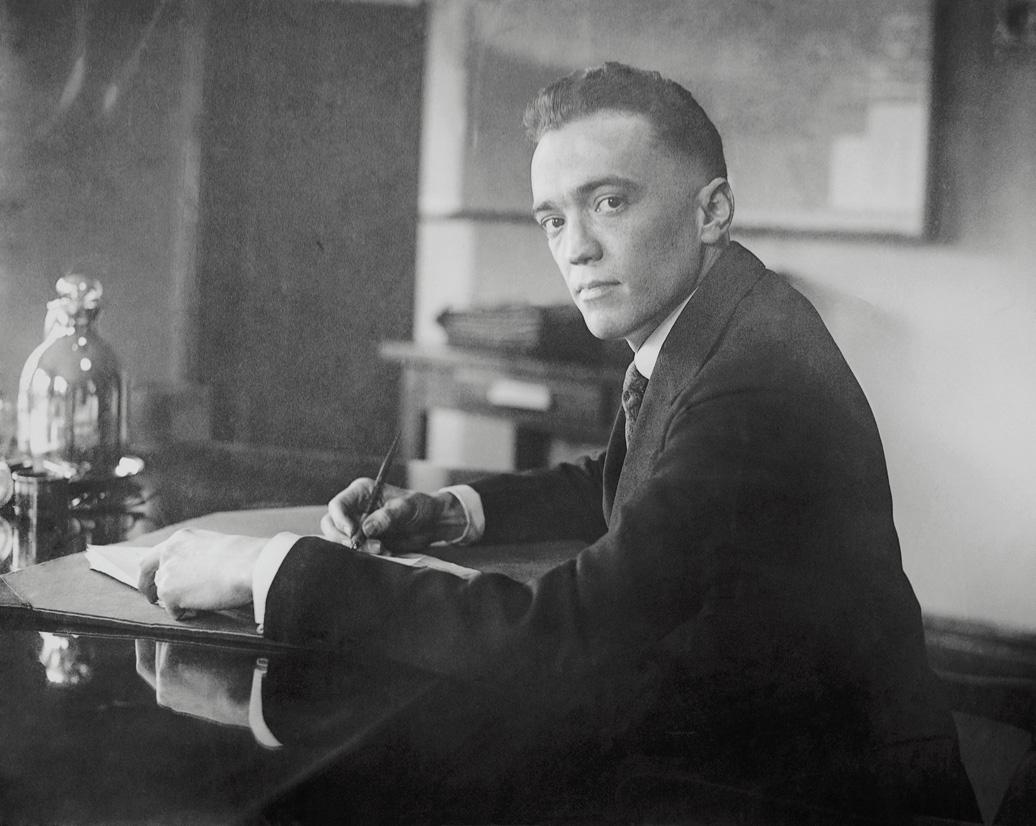THE PRICE OF POWER

One morning in the fall of 1971, President Richard Nixon set out to fire J. Edgar Hoover, the director of the F.B.L, who had ruled over the agency like a potentate since 1924. The two men were longtime friends, united by their political affinities, including a bone-deep antipathy to the American left, Old and New, and a tendency to demonize their critics. Over the years, Nixon and his wife, Pat, had socialized often with Hoover and his companion, Clyde Tolson. They had even vacationed together in the fifties, at a seaside resort in La Jolla, California, owned by a pair of Texas oil tycoons who went out of their way to put their powerful guests at ease. After Nixon lost the 1960 Presidential election, to John F. Kennedy, Hoover was frankly disappointed, and wrote to urge his friend not to give up on politics: The United States and the Free World need a man of your stature desperately.” When Nixon made his comeback, in 1968, Hoover was a distinct asset, an old-school embodiment of law and order for a Presidential campaign that presented itself as the antidote to urban uprisings, campus protests, and street crime.
Diese Geschichte stammt aus der November 21, 2022-Ausgabe von The New Yorker.
Starten Sie Ihre 7-tägige kostenlose Testversion von Magzter GOLD, um auf Tausende kuratierte Premium-Storys sowie über 9.500 Zeitschriften und Zeitungen zuzugreifen.
Bereits Abonnent ? Anmelden

Diese Geschichte stammt aus der November 21, 2022-Ausgabe von The New Yorker.
Starten Sie Ihre 7-tägige kostenlose Testversion von Magzter GOLD, um auf Tausende kuratierte Premium-Storys sowie über 9.500 Zeitschriften und Zeitungen zuzugreifen.
Bereits Abonnent? Anmelden

MOVE FAST AND BREAK THINGS
What did Elon Musk accomplish at the Department of Government Efficiency?

ANY HUMAN HEART
Rossi's Auto Repair and Full Service Gas had been there for as long as Maureen had been a resident of this New Jersey town.

Molly Fischer on Mark Singer's “Mom Overboard!”
There are plenty of old magazine stories I love, but I also love old magazines themselves.

TRUMP'S TO-UNDO LIST
Abolish amendments. Makes Constitution look weak. I read Constitution. I read passages, I read areas, chapters. Nobody reads Constitution more than me! Nobody even knows what the Fourteenth means. Let's go back to first draft!

HELP WANTED
The history of advice columns.

SOLO FLIGHTS
Jean Smart in “Call Me Izzy” and John Krasinski in ‘Angry Alan.”

EARLY WARNINGS
New technologies promise to catch more cancers sooner. But such screening can pose hidden hazards.

HEADPHONES ON
How Addison Rae went from TikTok to the pop charts.

SPECIAL PEOPLE
What we talk about when we talk about genius.

TARIFF MEN
President Trump’s McKinley fixation and the demise of liberal internationalism.
